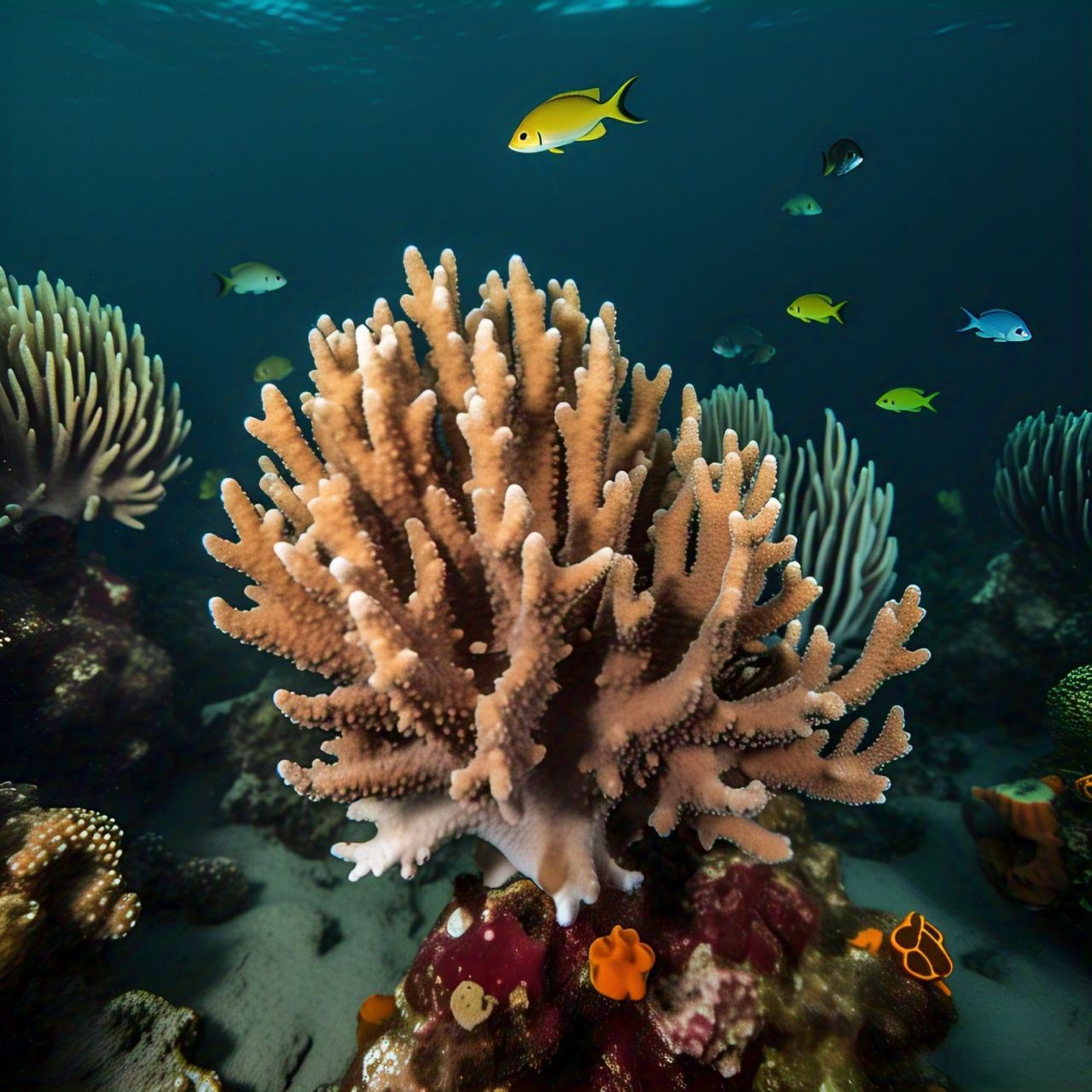Have you ever wondered about the strange and fascinating creatures that live beneath the sea? One of the most unique and important species in the ocean is the Elkhorn Coral. This special coral gets its name from its branches that look just like the antlers of an elk! Let’s dive into the world of Elkhorn Coral and discover why it’s so amazing and important for our planet.

What is Elkhorn Coral?
Elkhorn Coral, or Acropora palmata, is a type of coral that lives in shallow waters near tropical and subtropical coasts. It is mostly found in the Caribbean Sea, around places like Florida, the Bahamas, and the Gulf of Mexico. The coral grows quickly and can reach sizes of up to 12 feet (3.7 metres) wide and 6 feet (1.8 metres) tall. That’s about as tall as a small tree!
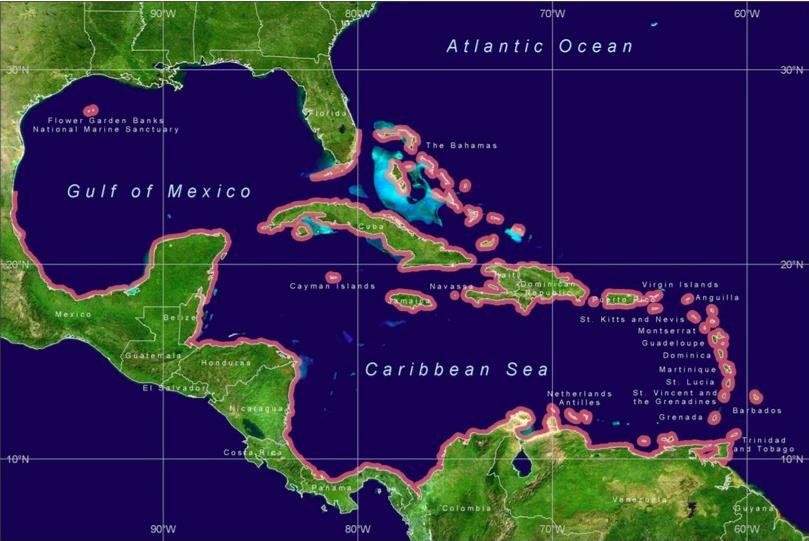
This coral plays a big role in creating coral reefs, which are like underwater cities for many sea creatures. Its large, branching structure provides a perfect home for fish, lobsters, crabs, and other marine life. Coral reefs made by Elkhorn Coral are also important for protecting coastlines from strong waves during storms.
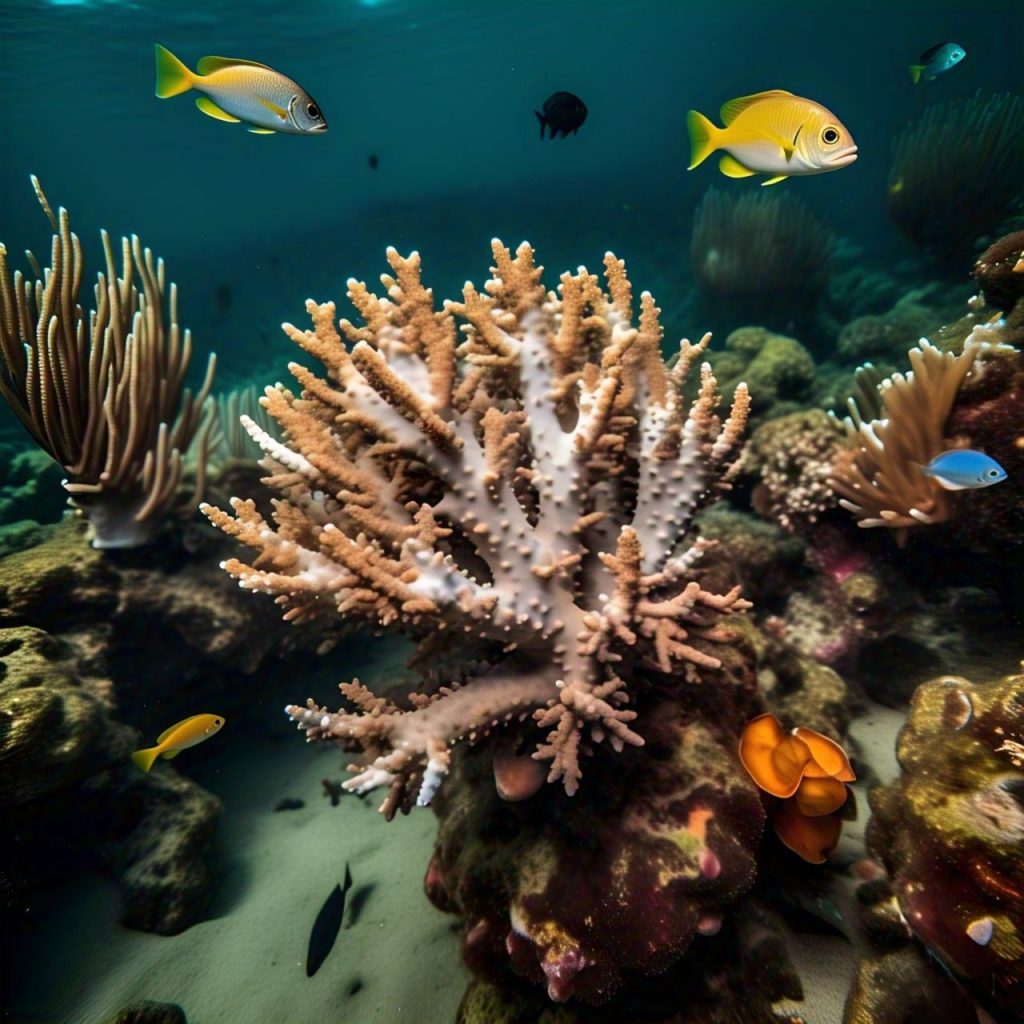
Why is Elkhorn Coral Important?
Coral reefs are often called the “rainforests of the sea” because they are full of life. Elkhorn Coral helps to build and maintain these reefs, making it a “building block” of the ocean. Here are a few reasons why this coral is so important:
- Habitat for Marine Life: Many fish and sea creatures rely on Elkhorn Coral for shelter and protection from predators.

- Coastal Protection: The sturdy branches of Elkhorn Coral act like barriers, breaking up waves and reducing the impact of storms on the shore.
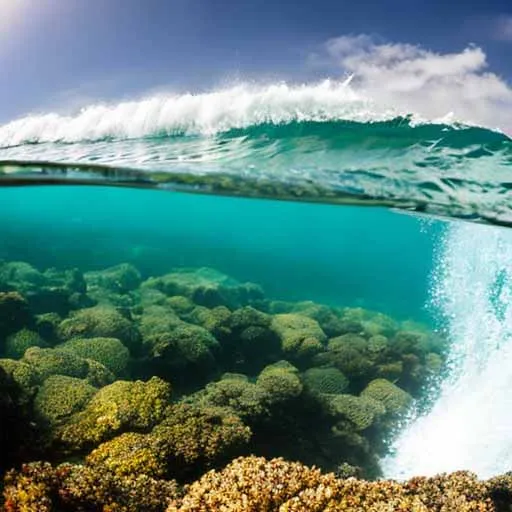
- Oxygen and Carbon Storage: Coral reefs, including Elkhorn Coral, help to produce oxygen and store carbon dioxide, making them important for the health of our planet.
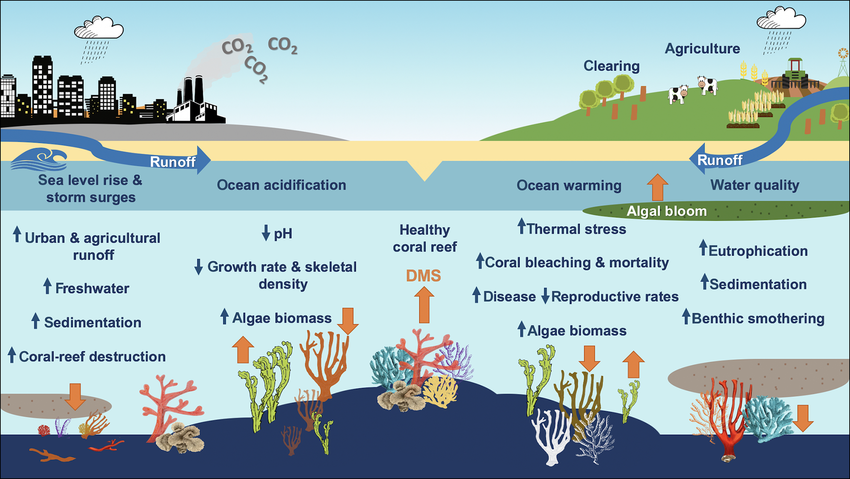
The Threats to Elkhorn Coral
Sadly, Elkhorn Coral is in trouble. Over the past few decades, its population has decreased by around 90%! The main reasons for this are:
- Climate Change: Warmer ocean temperatures cause a problem called coral bleaching. When the water gets too hot, the coral expels the tiny algae that live inside it. Without these algae, the coral loses its colour and its main source of energy.
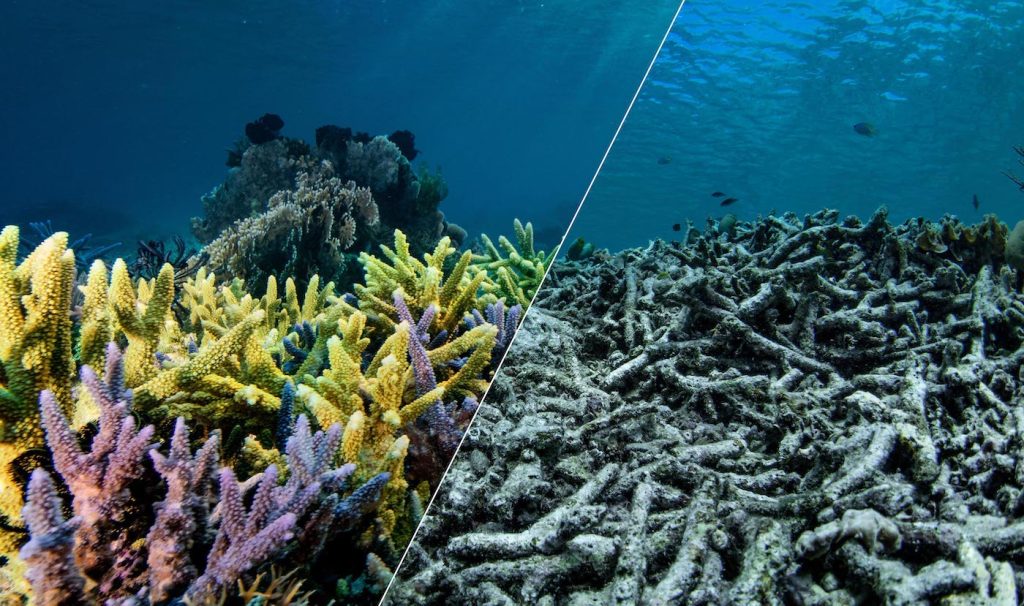
- Diseases: Elkhorn Coral is vulnerable to diseases like white band disease, which can kill large areas of coral in a short time.

- Pollution: Chemicals and plastic waste in the ocean harm corals and the creatures that depend on them.
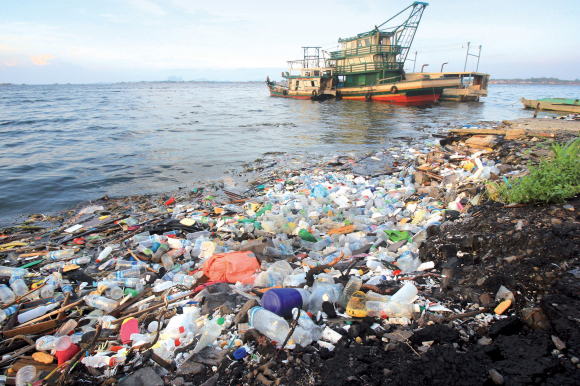
- Overfishing: When too many fish are caught, the balance of the reef ecosystem is disrupted, making it harder for the coral to survive.
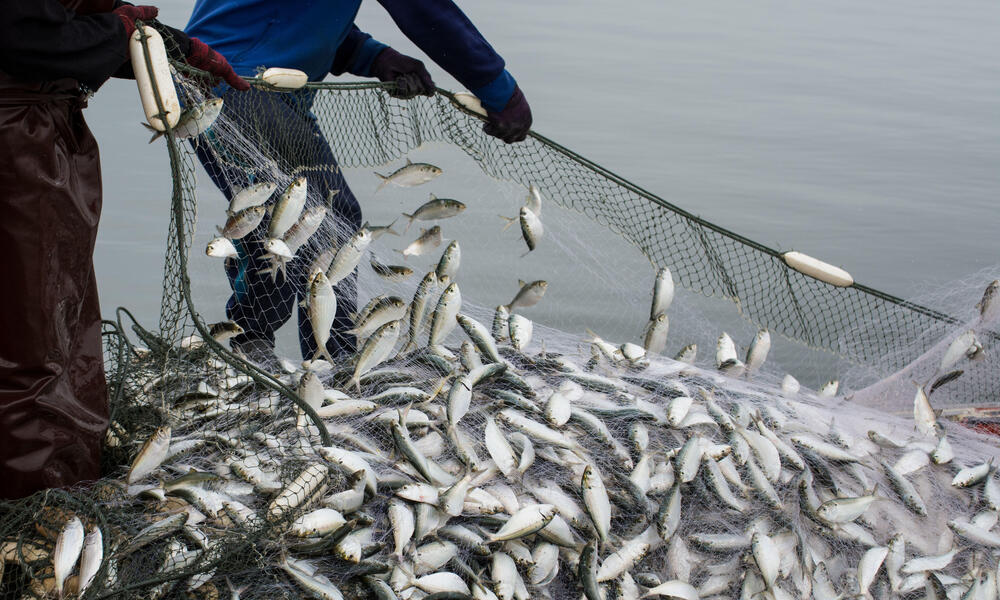
- Physical Damage: Boats, anchors, and even careless divers can break the delicate branches of Elkhorn Coral.
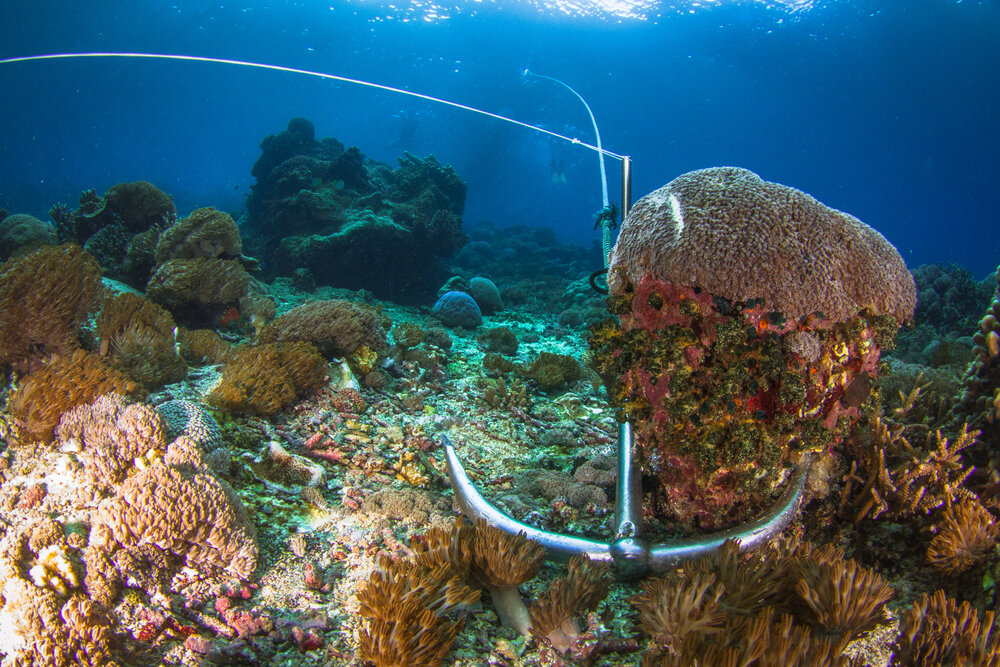
Protecting Elkhorn Coral
Even though Elkhorn Coral is endangered, there is still hope! Scientists, conservationists, and governments are working hard to protect and restore this important coral. Here are some ways they are helping:
- Marine Protected Areas: Many places with coral reefs are now protected, meaning no fishing, boating, or other harmful activities are allowed.

- Coral Nurseries: Scientists grow new corals in special underwater nurseries and then plant them back onto reefs.
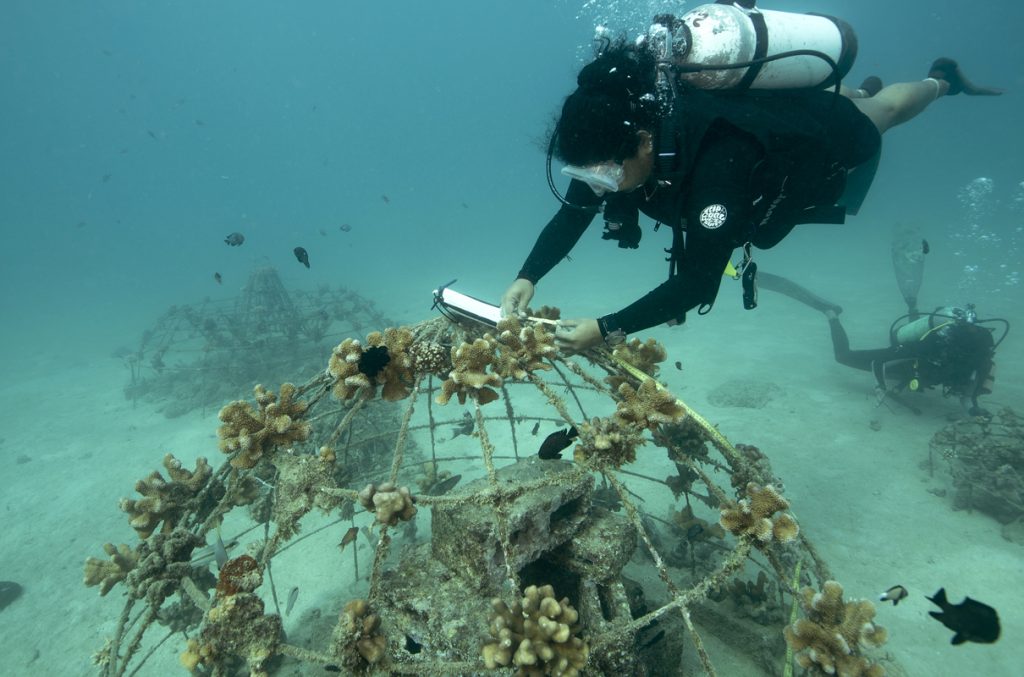
- Reducing Pollution: Efforts to clean up the ocean and reduce harmful chemicals are helping corals survive.
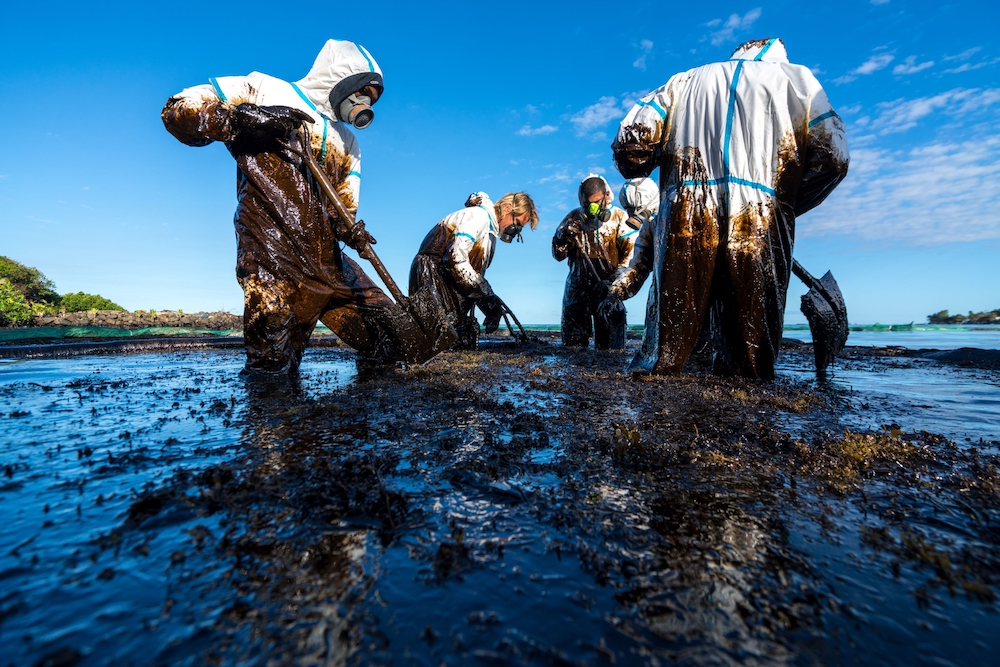
- Education: Teaching people about the importance of corals encourages them to protect these amazing creatures.
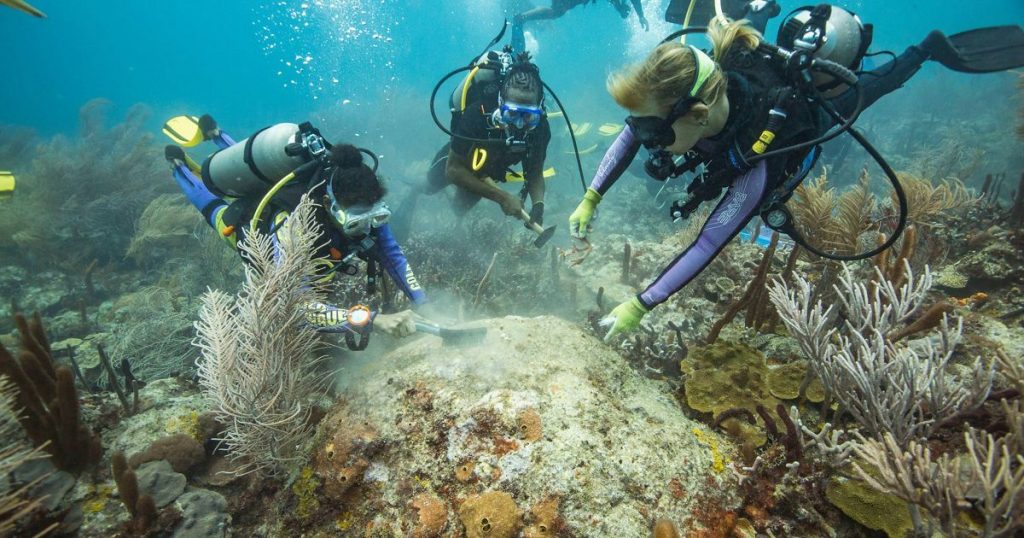
How You Can Help
You might think you can’t do much to help a coral reef far away in the ocean, but that’s not true! Here are some simple things you can do to make a difference:
- Reduce Plastic Use: Avoid single-use plastics like straws and bags that can end up in the ocean.
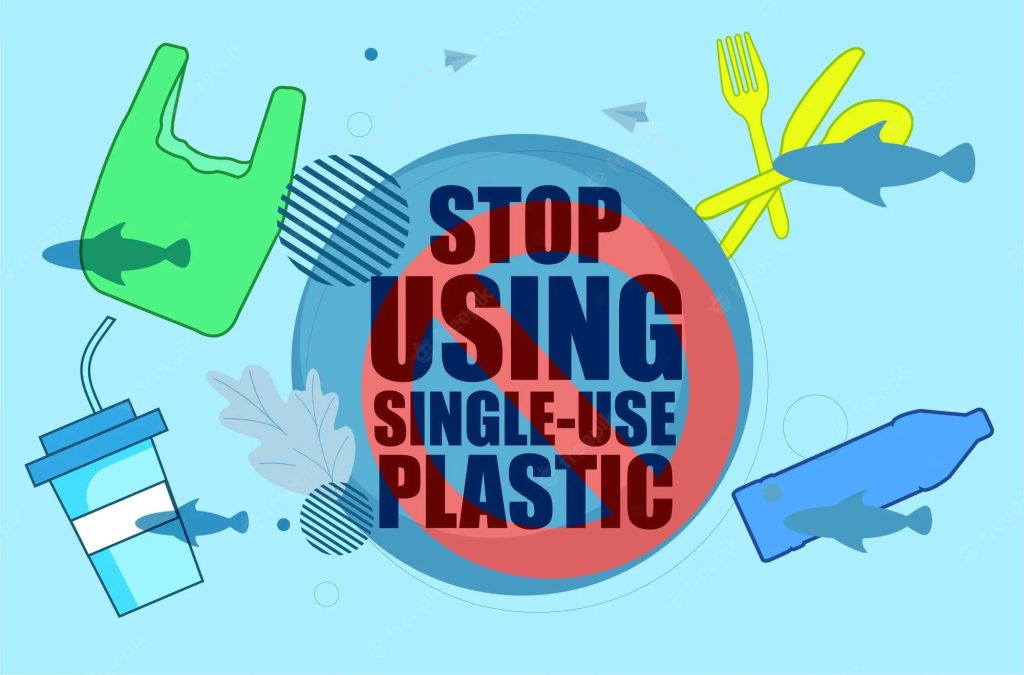
- Save Energy: Turn off lights and use less electricity to reduce your carbon footprint, which helps slow climate change.
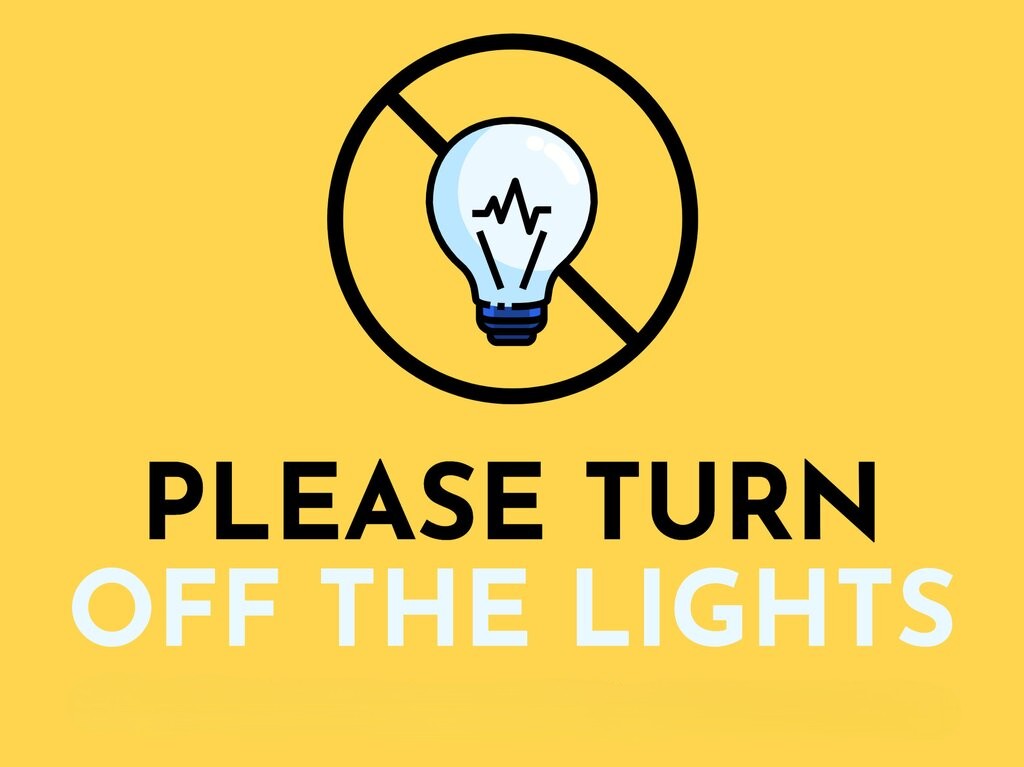
- Support Conservation: Donate to organisations that work to protect coral reefs and marine life.

- Be a Responsible Tourist: If you visit a coral reef, don’t touch the coral or take pieces home as souvenirs.
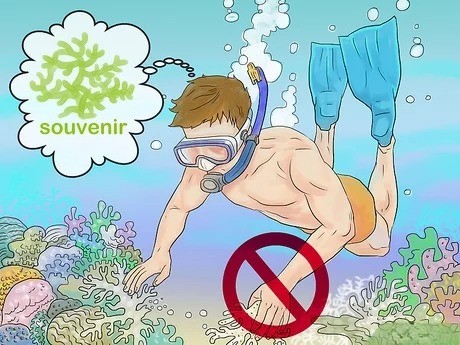
- Spread the Word: Share what you’ve learned about Elkhorn Coral with friends and family to inspire them to help too.

Fun Facts About Elkhorn Coral
- Elkhorn Coral grows best in shallow water with lots of sunlight, usually less than 5 metres deep.
- The coral’s branches can grow up to 5 cm (2 inches) per year, which is quite fast for coral!
- Elkhorn Coral reproduces in two ways: by breaking off branches that grow into new corals and by releasing eggs and sperm into the water to create larvae.
- During the night, tiny polyps (small animals that make up the coral) come out to feed on plankton, using their tentacles to catch food.
Conclusion: Elkhorn Coral is a vital part of the ocean ecosystem and a true wonder of nature. Even though it faces many challenges, there are ways we can all help to protect and restore this incredible coral. By learning about Elkhorn Coral and taking action, we can ensure that it continues to thrive for generations to come.
For more interesting articles, please visit www.kidzherald.com

